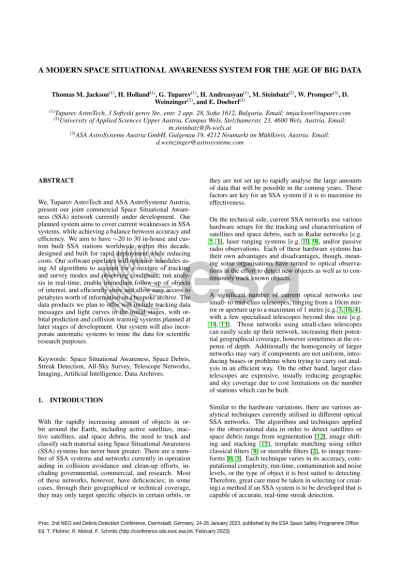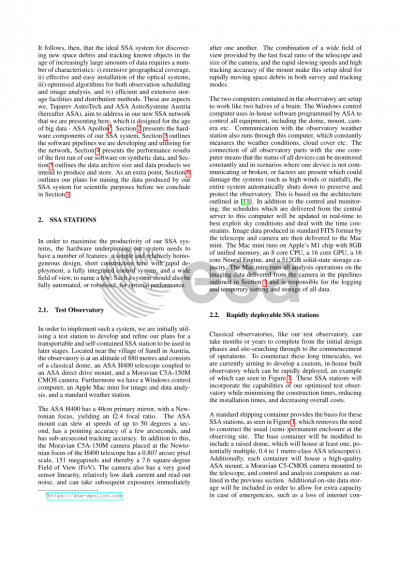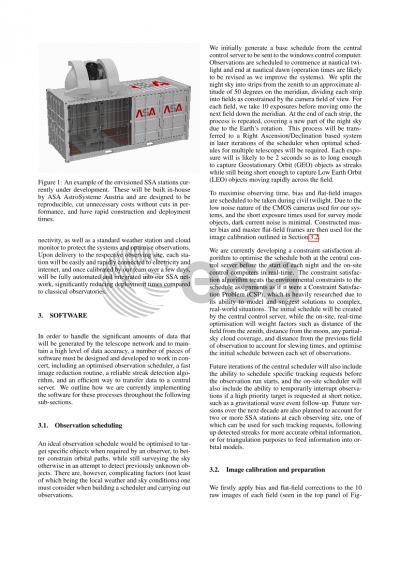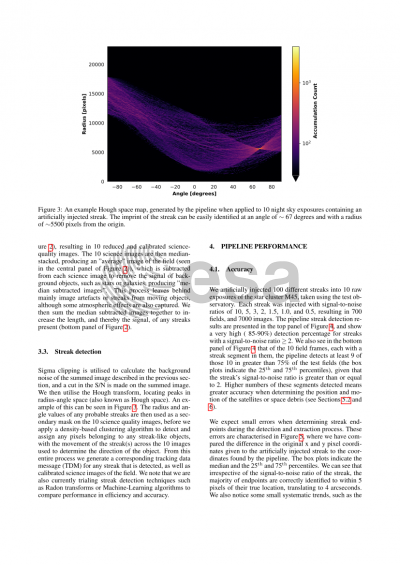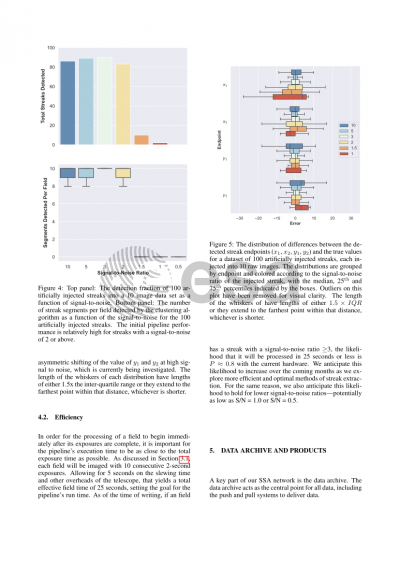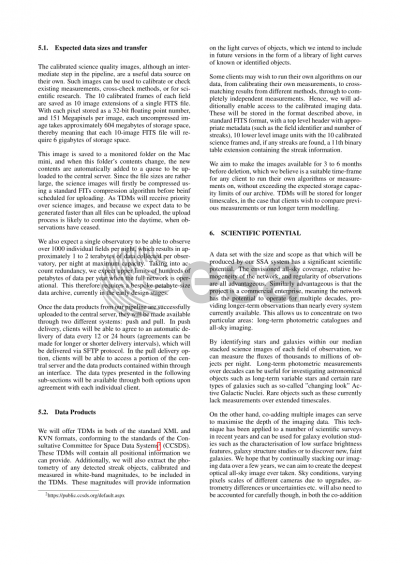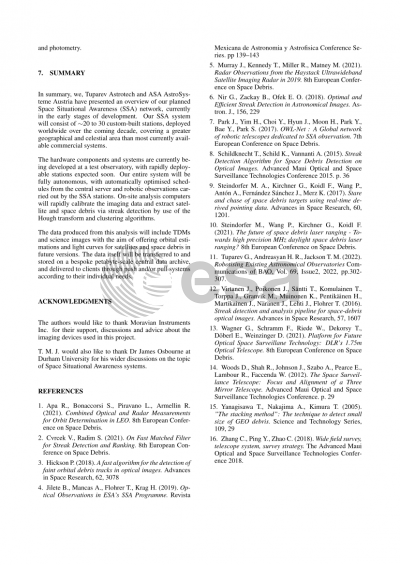Document details

Abstract
With the rapidly increasing amount of objects in orbit around the Earth, including active satellites, inactive satellites, and space debris, the need to track and classify such material using Space Situational Awareness (SSA) systems in order to avoid collisions or aid clean-up efforts has never been greater. There are a number of SSA systems currently in operation, including governmental, commercial, and/or research, however most of these systems have coverage blind spots geographically or technically, only target specific objects in certain orbits, or are not set up to rapidly analyse the large amounts of data that will be possible in the coming years. We, Astro Systeme Austria and Tuparev AstroTech, present our joint commercial SSA system currently under development, which aims to cover a number of these areas while achieving a balance on current technologies. Our planned system will span all continents, with an aim of ~20-30 SSA stations online within the first decade, including geographical locations which currently have low levels of coverage. These will run on purpose-built, quick-to-manufacture, and easy-to-assemble stations built in-house, allowing for rapid expansion of our SSA network. Our software pipelines will robotically optimise schedules for maximal coverage, account for a mixture of tracking and survey modes in order to balance finding new objects while retaining accurate measurements of known objects, run analysis in real-time, enabling immediate follow-up of both known and unknown objects, and efficiently store and allow easy access to PTBs worth of information for all kinds of institutes or enterprises. The data products we plan to offer will include tracking data messages and light curves in the initial stages, with orbital prediction and collision warning systems planned at later stages of development. An added bonus of our system will also be to create automatic systems to mine the data for scientific research purposes.
Preview
